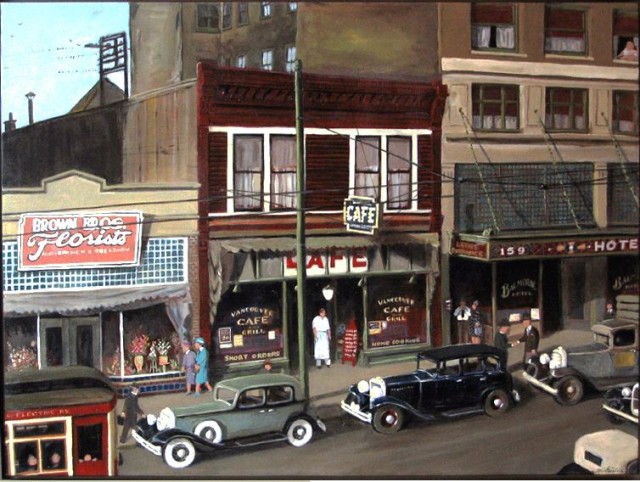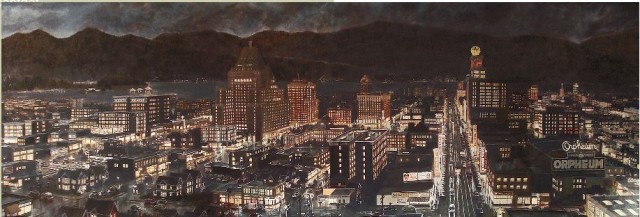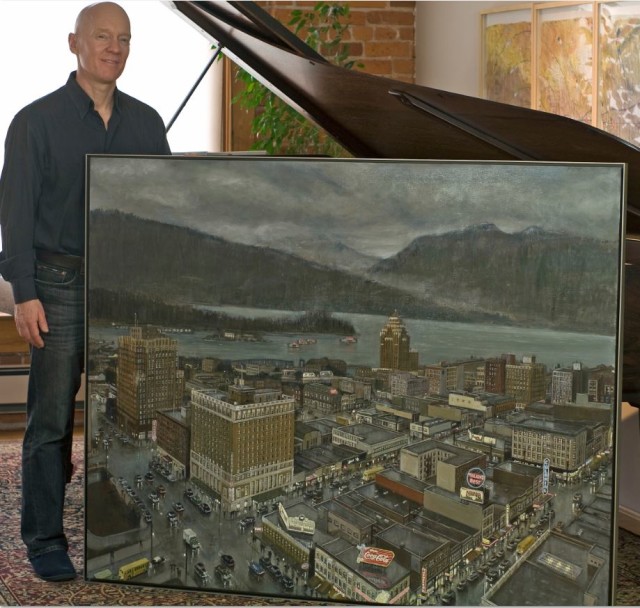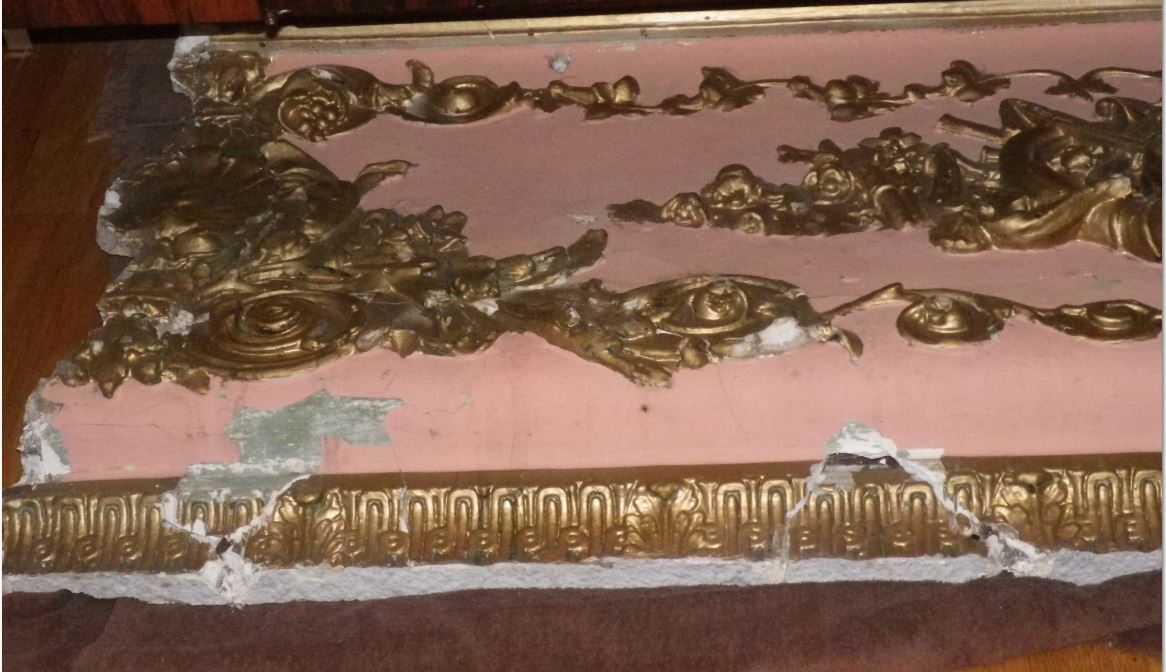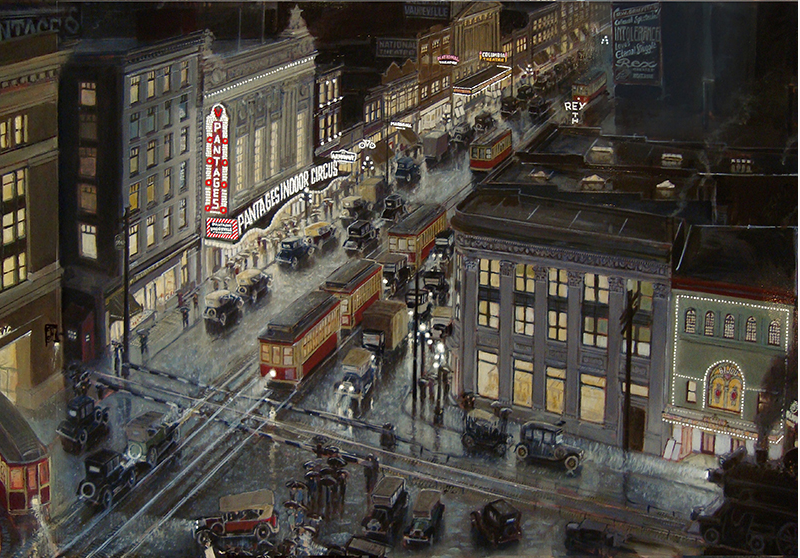Seven-year-old Terri Lynn Scalf was last seen outside her Aldergrove, BC townhouse complex on Sunday July 24, 1983. She had been outside playing with friends and never returned.
By 10:30 the next morning, a massive search was underway.
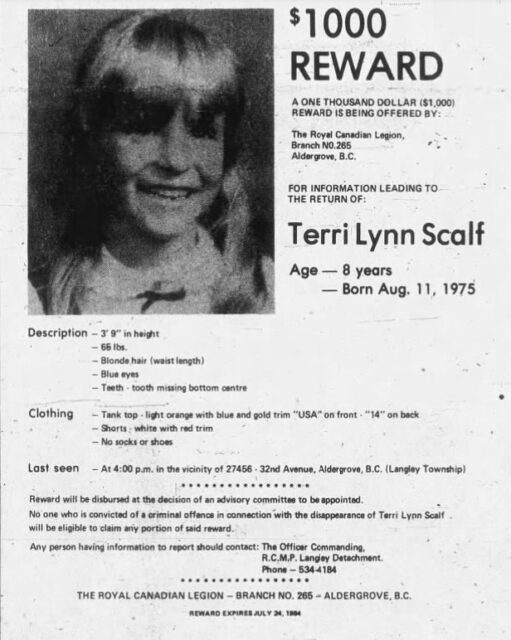
Terri Lynn Scalf:
Terri Lynn Scalf was born on August 11, 1975. She was just 3 foot 9 inches tall and weighed in at 65 pounds. She was a pretty little girl with long blonde hair and blue eyes and when she smiled, you could see a gap at the bottom front of her mouth where she’d recently lost a tooth.
At the time that she went missing, Terri was wearing a light orange tank top with blue and gold trim and the letters USA on the front. The number 14 was on the back of the shirt. She wore white shorts with red trim and she was barefoot.
Cedar Park Estates:
Terri lived with her mother, three sisters and brother Jaie at the Cedar Park Estates. Jaie was 12 when Terri went missing. “She was always the kid with the ready smile, it took a lot to get Terri to not smile. She was just a bubbly person,” he says.
Ten days after Terri went missing, police said they were looking into a link between Terri’s disappearance and that of Joanne Pedersen, a 10-year-old girl from Chilliwack.
Several months went by, and police told reporters that Terri was last seen by a man and a 10-year-old girl between 4:00 and 5:00 pm on the day that she went missing. He refused to tell the reporter their names but would only say that Terri left to go in the direction of her home, and the man and the girl went on their way.
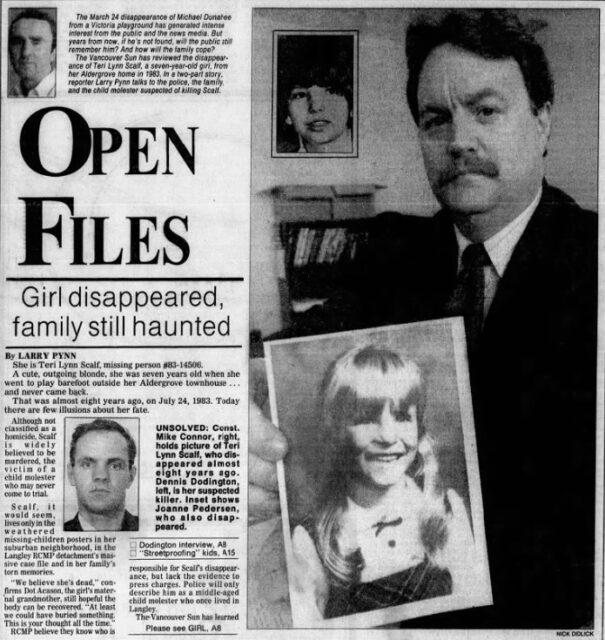
Last seen with pedophile:
The man was Dennis Elden Dodington, a 45-year-old convicted pedophile with a long criminal record. He had convictions for car theft, break and entering, prison escape, weapons offences and sexual assault of boys and girls as young as six in BC and Alberta.
In 1989, Dodington was convicted of sexually assaulting three children, including Delarie, the 10-year-old girl that was with him on the day that Terri disappeared. He served 10 years. While he supposedly told a cell-mate that he had murdered Terri, her body has not been found and he was not charged in her disappearance.
Terri Lynn Scalf’s case file number is #83-14506. If you have any information about her disappearance, please call Langley RCMP at (604) 532-3200 or if you wish to remain anonymous, call crime stoppers at 1-800-222-8477.
Copies of my new book, Beneath Dark Waters: The Legacy of the Empress of Ireland Shipwreck, are available through my publisher Arsenal Pulp Press, or preorder from any independent bookstore across Canada
Show Notes:
Sponsor: Erin Hakin Jewellery
Music: Andreas Schuld ‘Waiting for You’
Intro: Mark Dunn
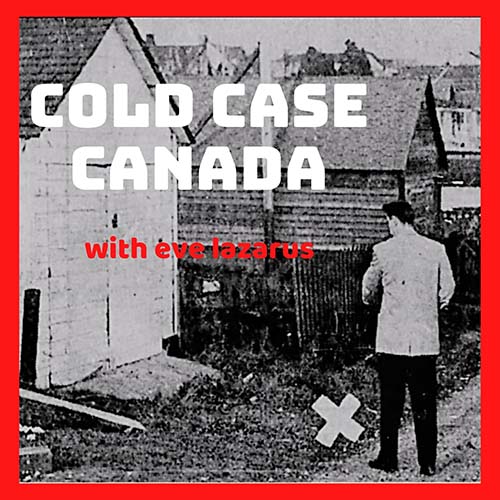


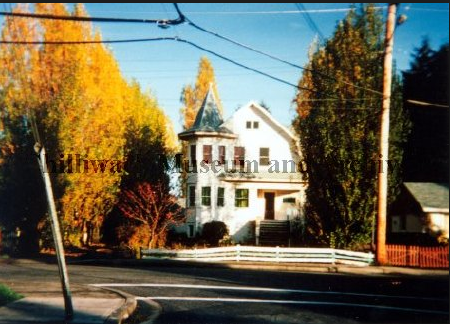

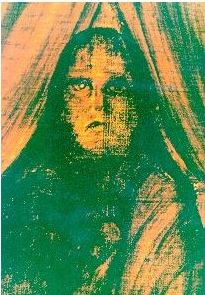
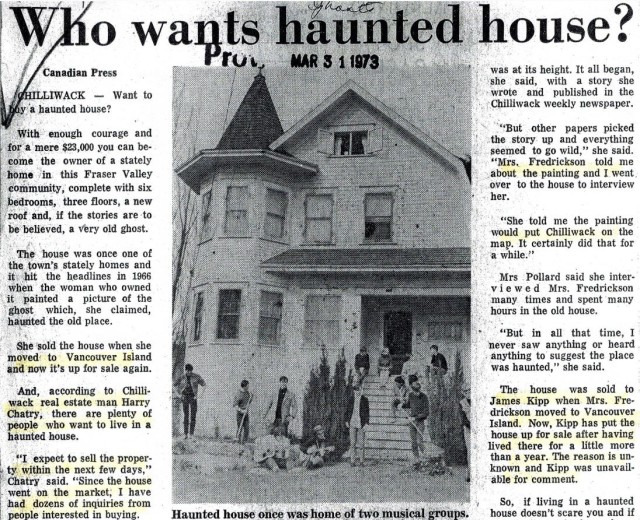 In 1973, a clever realtor decided to embrace the poltergeist. The house he said was available for $23,000 and included six bedrooms, a new roof, and a very old ghost.
In 1973, a clever realtor decided to embrace the poltergeist. The house he said was available for $23,000 and included six bedrooms, a new roof, and a very old ghost.